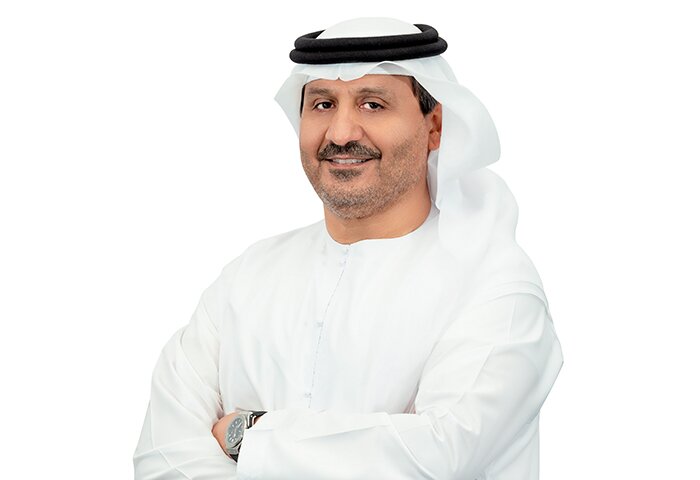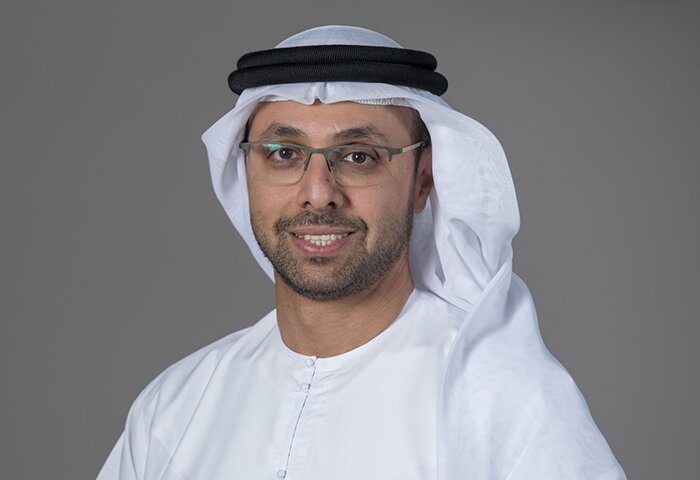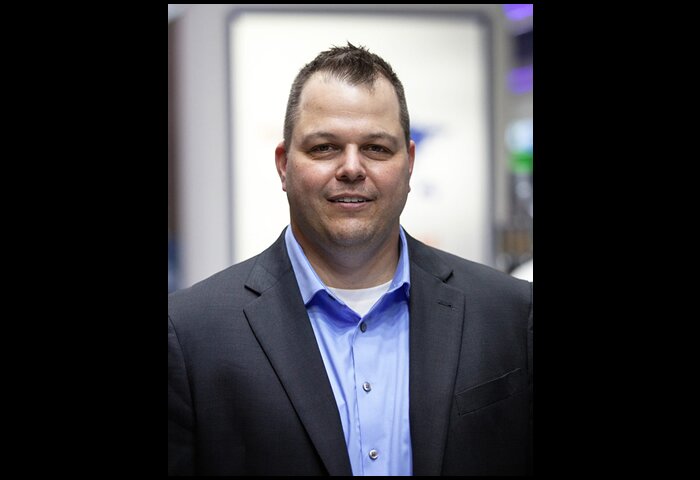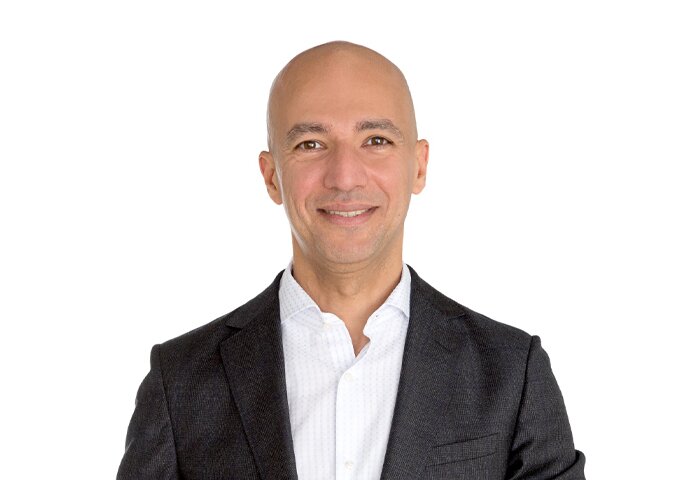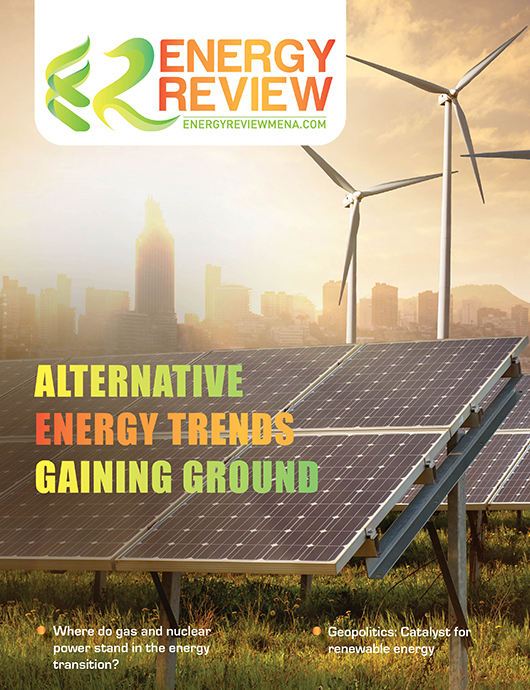Keeping the iconic buildings cool during the summer months in the UAE is no easy feat by any measure. Tabreed or The National Central Cooling Company has been operating district cooling (DC) plants for the last 24 years, providing the much-needed coolness in public as well as private infrastructures. DC is the modern and efficient way to air condition clusters of buildings in cities and on campuses. In DC system, a central plant uses large, highly energy-efficient industrial-grade equipment that produces chilled water for supply to customer buildings through an insulated underground piping network. Tabreed currently delivers over 1.210 million refrigeration tons of cooling, across 86 plants located throughout the region, cooling iconic infrastructure projects such as Sheikh Zayed Grand Mosque, Burj Khalifa, The Dubai Mall, Dubai Opera, Cleveland Clinic, Ferrari World, Yas Mall, Aldar HQ, Etihad Towers, Marina Mall, World Trade Center in Abu Dhabi, among others.
Mr. Khalid Abdulla Al Marzooqi, CEO of Tabreed, speaks to Energy Review regarding the importance of district cooling as a sustainable and energy-efficient system of cooling for residential as well as commercial buildings.
As the UAE’s cooling giant, how is Tabreed contributing to a sustainable future for organizations and communities through its various service offerings?
By virtue of being a district cooling provider, the inherent design of the system is 40% to 50% more efficient than conventional cooling, that alone is a big driver of our sustainability. As an example, for the same cooling loads required, we consume half of that energy required as opposed to regular air conditioning. Putting it into simpler context, if a house with two-ton air conditioning consumes 1.2 to 1.6 kilowatts of energy just for 1 ton of cooling, district cooling can provide that with 0.7-to-0.8 kilowatt for two tons – almost half of the energy consumption.
Increasing district cooling will increase the savings which means less energy generated, less energy means less kilowatts generated. Every kilowatt [unless generated by renewables] has CO2 related to it. To grow savings, the efficiency has to grow — that is where we come in. It's like comparing gas-fired generators to solar panels – we are the solar panels. We do consume power but about half of it. Hence, Tabreed or any district cooling initiative scheme is accredited to sustainability. We believe that district cooling is sitting on a goldmine of environmental, social, and governance (ESG) criteria. A lot of governments are shifting legislation, especially in Europe and North America where it is called district energy as it is used for heating, it has been the norm and mandated. We are striving to get this mandated in the region as well.
For certain developments of a certain size, district cooling is mandated; it is not an option anymore. In regards to DC, we definitely would like to put our name in front but other providers might as well join the fray to provide inexpensive energy consumption costs to end-users. The energy providers will be providing less energy for consumers and the environment as a result and savings will be higher because of a more efficient system.
In addition, DC also frees up architects or designs. For instance, if we look at the Burj Khalifa, the only reason it could be designed so elegantly is that they didn't have external AC units. District cooling uses underground tunneling to supply the cooling from cooling plants located away from the developments. There is more to it than just sheer numbers of CO2 and reduced electricity consumption. It's also the sort of visual pollution that we do away with as well. It frees up very expensive land otherwise allocated to cooling units which are essentially noisy and power-guzzling solutions.
Moreover, traditional cooling systems have a life cycle span of 12 to 15 years while the minimum district cooling plant life is about 30 to 25 years which could be easily extended to 40 years. It is beyond just air conditioning or cooling. We provide cooling as a service, as a large utility company. Everyone needs to have a clear understanding of how district cooling works to appreciate the service that we are providing.
Could you briefly highlight Tabreed’s importance in line with the UAE’s 2050 net-zero strategy?
We have to agree that the cooling demand will not plateau; it will always be on the rise. As a provider of district cooling, we can meet this demand with half the energy that is consumed by any other alternative cooling solution. It’s like basically consuming the same energy now and in another 20 to 30 years when the size is almost double. For this size, DC will double up the current one to be enough for the future. However, with a conventional cooling system, it will have to keep growing. There are no other new technologies right now other than DC that can provide cooling at this comfortable level. In line with the 2050 goal, DC allows double capacity with the same amount of energy consumed today. That alone is a huge power saver.
How is Tabreed investing in equipping its workforce in line with the rapid digital transformation taking place in various private and public sectors?
In DC, the core team working on expanding the services is usually sufficient to handle the project. There may be a marginal increment in the new workforce in terms of managing the plants. However, we are moving away from manned plants to being remote. Hence, we do not envisage increasing our manpower as we have invested a lot into automation. We are embarking on a SCADA system through which all our plants will be connected to a central control room, allowing the manning of all the plants remotely. The only manned operation will be periodic preventive or predictive maintenance. This will give us complete visibility in each plant. We can synergize operations faster and more efficiently.
Looking ahead into the future in regards to COP28 climate conference in UAE, we complement the power generation players because we are the cheapest storage for them. We have thermal storage tanks with the capability to store energy that we use for our operation that can be extended for the usage of power generation providers. In addition, we can shift the energy demand by simply using our thermal storage tanks during peak hours to provide cooling without consuming extra energy. Cooling consumes around 70% of electricity and centralizing all the operations through a control center and working closely with load dispatch centers such as Abu Dhabi Distribution Company (ADDC) or TRANSCO can aggregate to huge savings in the whole year cycle.

